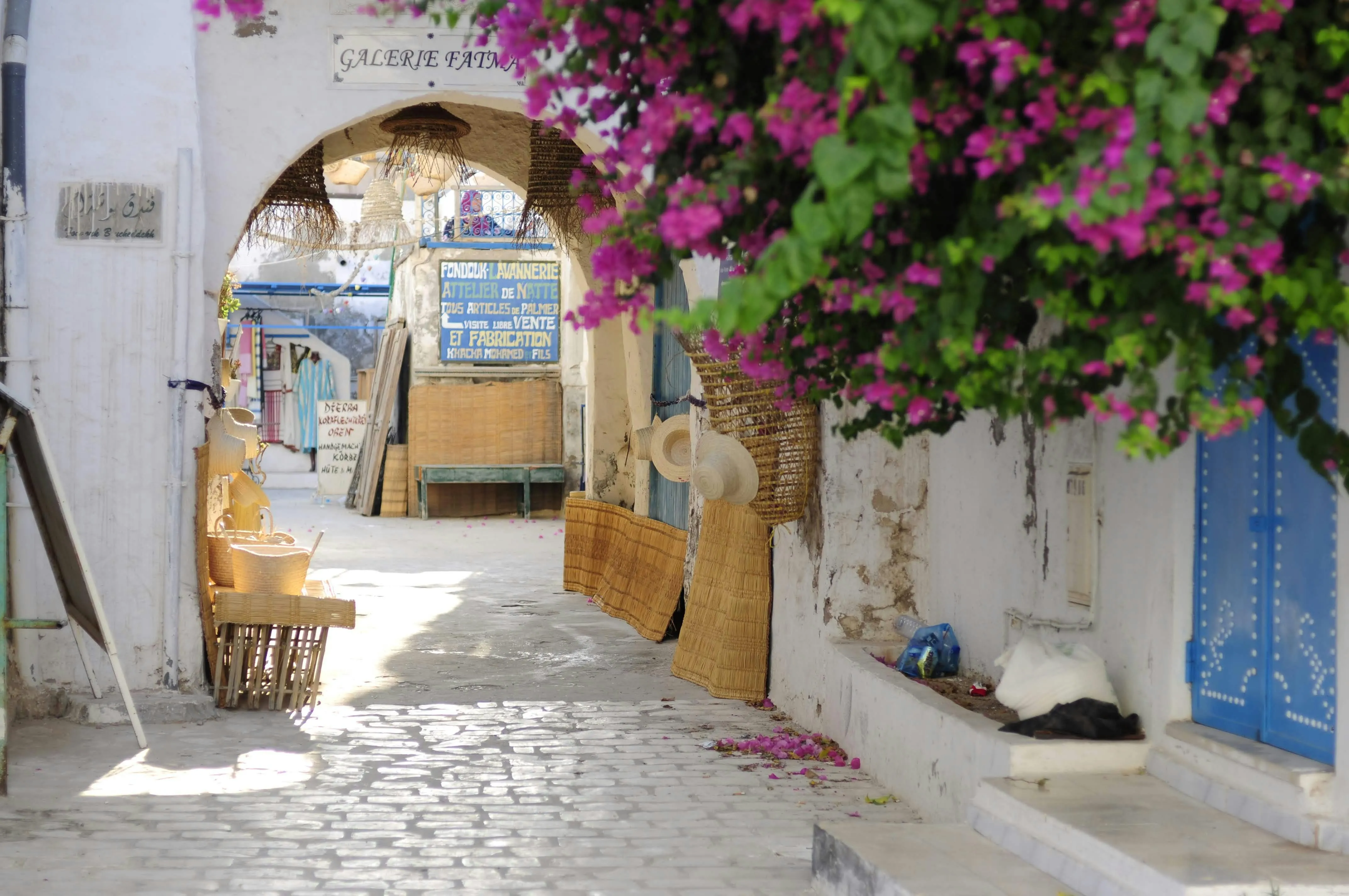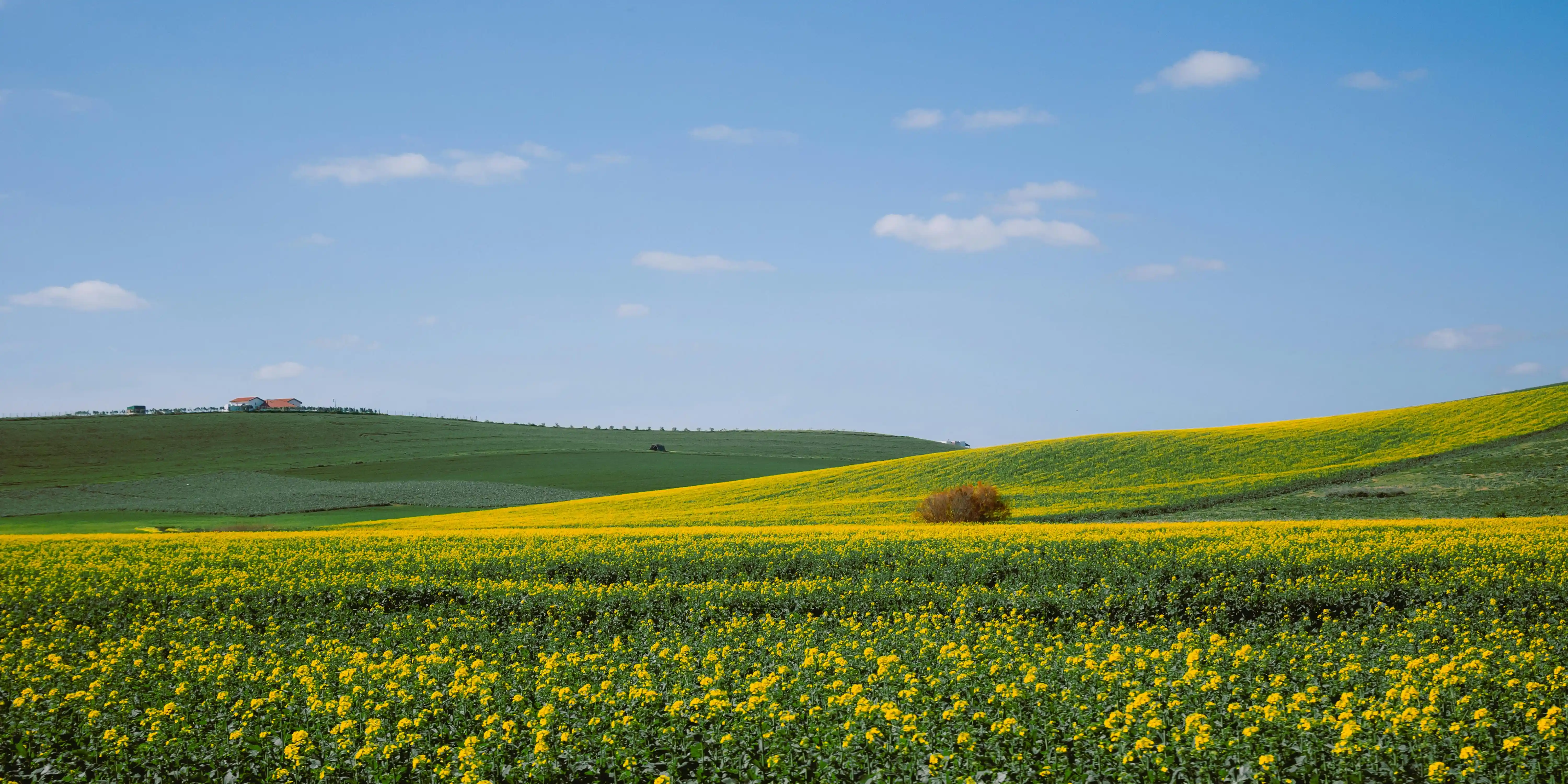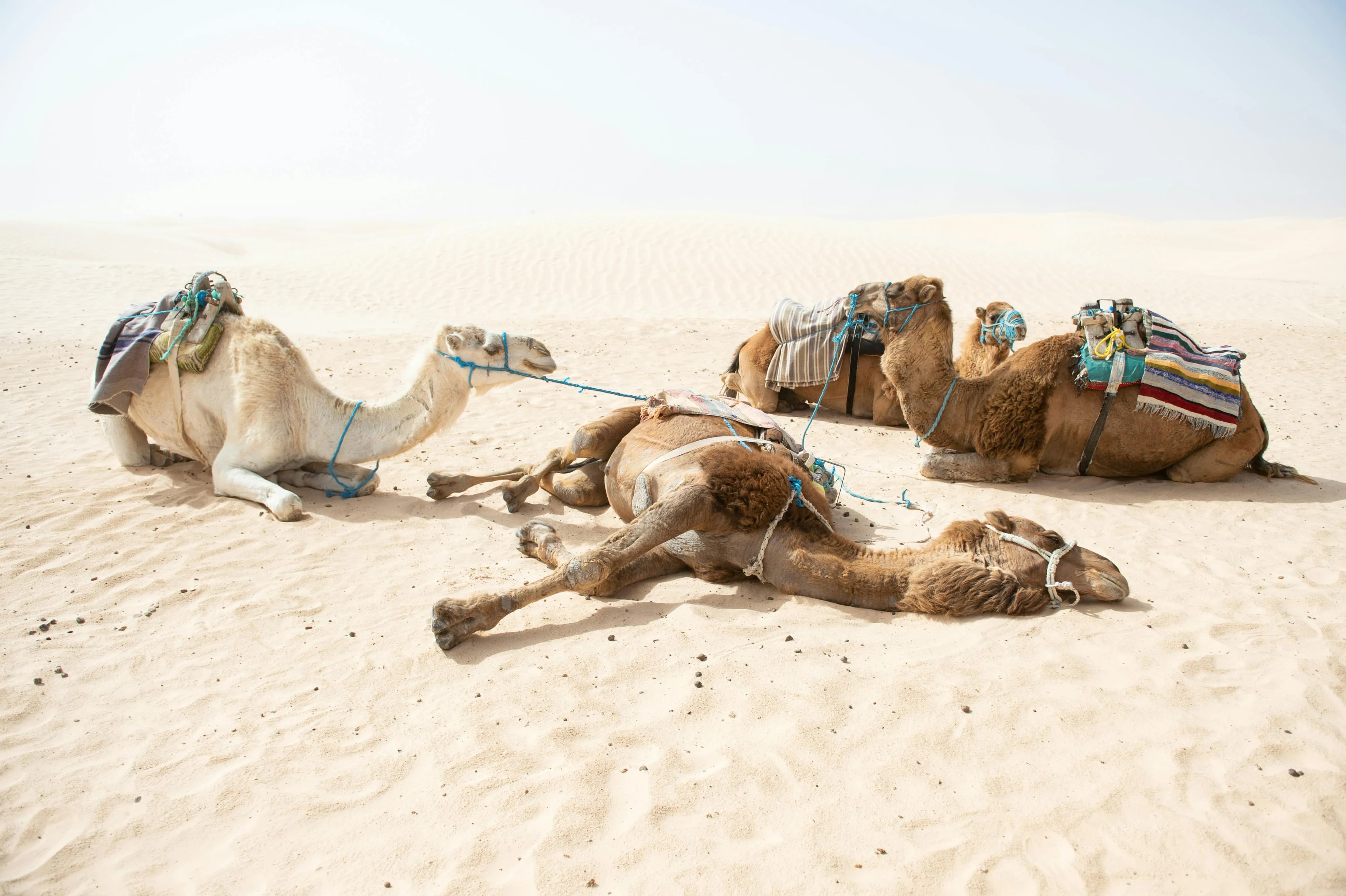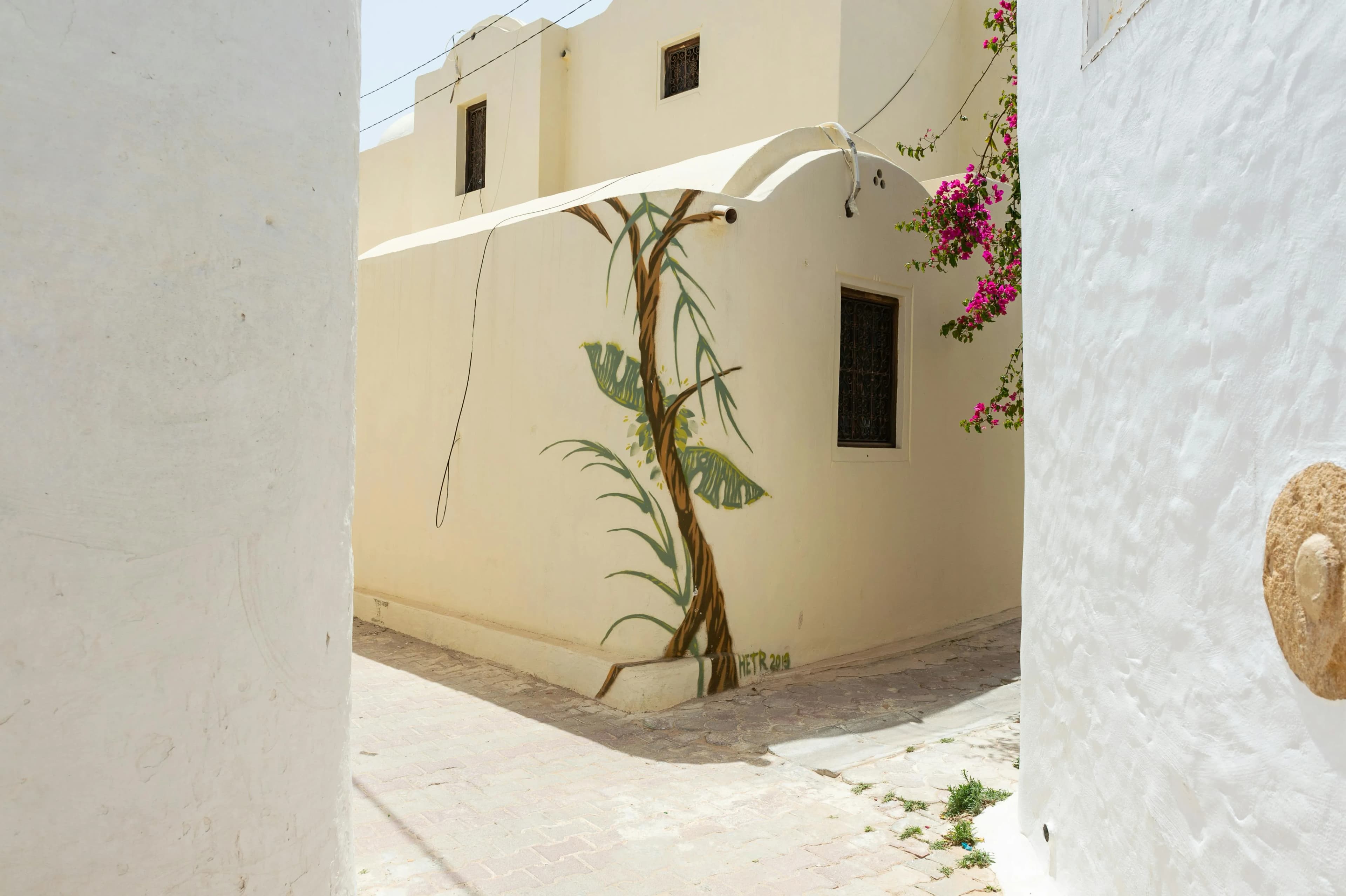
Looking to explore Tunisia beyond the beaten path? While Carthage, Tunis, and the Sahara get plenty of attention, savvy travelers are seeking quieter locales where tourists rarely tread. In this guide, we unveil seven hidden gems, places that Tunisians themselves cherish. From a sleepy fishing town with Ottoman forts to an island archipelago of fishing villages, these spots offer authentic experiences without the crowds. Get ready to escape the usual circuit and discover Tunisia’s best-kept secrets!
Visiting these offbeat places means swimming in uncrowded bays, wandering ancient ruins in peace, and soaking up local vibes. Each destination below includes travel tips, what makes it special, and nearby attractions. Whether you’re an intrepid explorer or a local wanting a quick getaway, you’ll find inspiration here. Let’s dive into Tunisia’s undiscovered treasures!
1. Mahdia – Historic Coastal Haven
Mahdia is a lovely port town on Tunisia’s east coast, often overlooked for busier resorts. Its charming medina (old city) has narrow cobblestone lanes lined with whitewashed houses and artisan shops. By the port stands Bordj el Kebir, a fortress rebuilt by the Ottomans in the 16th century. On Fridays it hosts a lively silk and jewelry market, where local women showcase their famed silk embroidery and gold-thread jewelry. Beyond the medina, Mahdia is prized for its clean sandy beaches, broad white shores ringed by palm trees, much calmer than nearby Sousse or Hammamet. Families and Tunisians flock to seaside restaurants here to savor fresh grilled fish and octopus kebabs (try Lido Restaurant for a sea-view lunch).
Despite its amenities, Mahdia rarely feels crowded. When summer crowds pour into the bigger resort towns, Mahdia remains relatively peaceful. Plan to stroll along the old stone Harbor (Port La Mahdia) at sunset and enjoy local seafood at a waterside café. History buffs should explore the Great Mosque and the 2nd-century Roman ruins nearby. Overall, Mahdia. is a perfect blend of seaside tranquility and medieval charm, a quiet spot loved by locals who know its beaches are “mostly clean” and uncrowded.
2. Kerkennah Islands – Island Escape
The Kerkennah Islands are a small archipelago off Tunisia’s east coast, about a 90-minute ferry ride from Sfax. Few tourists go here, so the pace is incredibly relaxed. Kerkennah’s flat, palm-scattered islands have no big resorts or roads (beyond the ports), instead you’ll see sandy lanes, donkeys, fishing boats, and simple villages. Local fishermen still practice ancient methods and you can even join them on a traditional boat trip. The sea around Kerkennah is calm and warm, with pristine beaches and crystal-clear water for swimming and snorkeling.
According to travel writers, Kerkennah “offers pristine beaches, crystal-clear waters, a rich history” and is “an unspoiled haven for intrepid travelers.” In the main town of Remla, colorful fishing boats bob in a quiet harbor; along the waterfront, no-frills seafood grills like La Sirène serve fresh catch with local couscous. Don’t miss the ruins of Borj el Hissar, an abandoned fort overlooking the Gulf of Gabes – a golden light photography spot. For relaxing charm, choose this island retreat: “holiday travelers will find the Kerkennah Islands peaceful and unspoiled... it is idyllic” for getting away from crowds (official guide).
In short, Kerkennah lets you unplug: ride bikes past donkeys and palm trees, sample octopus stew in tiny cafés, and bask in simple coastal life. (For logistics, ferries run frequently from Sfax, and most visitors bring a car or rent one to explore the island.) This serene, off-the-beaten-path escape is a local favorite for summer holidaying away from Tunisia’s busier hubs.
3. Dougga & Bulla Regia – Offbeat Roman Ruins
Tunisia has dozens of archaeological sites, but these two inland ruins remain surprisingly quiet. Dougga (Thugga) is a UNESCO World Heritage site, called “the best-preserved Roman small town in North Africa.” It lies on a hilltop in the countryside, far from the coast, which helped protect it. Visitors can wander an ancient Roman theater, temples of Saturn and Juno, a forum with carved marble, and finely preserved mosaics. Because Dougga is off the typical tourist circuit, you can often have the ruins almost to yourself (especially if you arrive early). Even locals on reddit marvel at its intact beauty and lack of crowds.
Nearby Bulla Regia is less well-known, but equally fascinating. Its claim to fame is the underground living rooms of Roman-era villas, built to escape summer heat. Picture entering a courtyard and descending stone steps into a cool, mosaic-tiled chamber below ground, it’s unlike any other Roman ruins in Tunisia. Surviving mosaics in Bulla Regia are in excellent condition, preserved by that subterranean design. Between Dougga and Bulla Regia you’ll feel like an archaeologist discovering a “hidden city,” without the tour buses.
These historic gems require a bit of travel. Dougga is reached via the modern town of Téboursouk, 50 km west of Tunis, while Bulla Regia lies near Jendouba in northwestern Tunisia (often visited via Tabarka). It’s best to drive or take a small tour. Plan a full day to explore: bring water and sun protection, and appreciate the sweeping views over the olive-studded plains. For history buffs, these offbeat ruins are a must-see slice of Tunisia’s Roman past[5][6].
4. Takrouna – Berber Hilltop Village
Perched about 200 meters up on a rocky ridge, Takrouna is a tiny Amazigh (Berber) village with panoramic views of the Sahel plain and the distant Mediterranean. It’s become a favorite day-trip for Tunisians and photographers for exactly that reason: endless vistas of olive groves, hills, and blue sea framed by stone-walled houses. The village’s stone mosque (dating back centuries) and one modest café at the edge of the cliff are Instagram-famous photo spots. From Takrouna’s winding alleys you can trace layers of history: pre-Islamic Berber traditions, a Sufi shrine (Mausoleum of Sidi Abdelkader) and even a WWII memorial site on the battlefield below.
Local travel writers note Takrouna “gives perspective on Berber culture” and offers “wonderful views of the rugged hills and the blue Mediterranean in the distance”[7]. Life here is very simple: only a few residents remain, often inviting guests in for mint tea and fresh tabouna bread in a cave dwelling. Exploring Takrouna feels like stepping into a time capsule. There’s no big market or restaurants – it’s one narrow street up to the old citadel, then back down. But that is the charm. Tahrouna’s authenticity and scenery make it a rewarding stopover between Sousse and Kairouan. (In fact, it’s easy to visit on a loop tour that includes Kairouan. Just remember to wear comfortable shoes – the ascent is steep – and spend an hour soaking in the view.
Takrouna exemplifies Tunisia’s hidden-village magic. It may seem quiet now, but its place on social media means more will find it – so get there soon for a serene lunch with a view.
5. Aïn Draham (Kroumirie Mountains) – Green Mountain Retreat
Ain Draham is a lush mountain town unlike most Tunisian destinations. Tucked into the Kroumirie range in the far northwest, this former French outpost is ringed by dense cedar and cork-oak forests. In winter it can even snow here! Locals flock to Ain Draham on summer weekends to escape the coastal heat and breathe its famous cool, humid air. The town itself has a quaint old quarter with red-roofed colonial cottages and outdoor cafes where you can sip mint tea under pines.
The region offers countless outdoor activities. Dozens of trails wind through the green hills for hiking or mountain biking; look closely in El Feija National Park and you might spot the shy Barbary deer, Tunisia’s rare red deer subspecies. Wildlife tours and local guides can help. Ain Draham is also known for woodcrafts: markets sell carved olive-wood stools, wicker baskets, and traditional pottery made in nearby villages. After outdoor adventures, relax in one of the town’s thermal spas – the sulfur springs here (famously the El Mouradi Hammam Bourguiba hotel) have been treating weary travelers for centuries (more).
For lodging, consider a riverside cottage with a fireplace. Many guesthouses use local cedar wood, adding rustic charm. In winter it’s practically a ski chalet vibe (without ski lifts). In summer it’s all lush greenery. This area is a true “mountain paradise”[8], relatively unspoiled. Plan to rent a car or join a Tunisie Voyages tour, since it’s about 200 km from Tunis. (Pro-tip: the drive from Tabarka along the scenic coast and then inland is part of the journey.) For nature lovers and hikers, Ain Draham’s fresh pine-scented air and waterfalls make it a rejuvenating hideaway beloved by Tunisians.
6. Ichkeul National Park – Birdwatcher’s Paradise
Far north near Bizerte lies Ichkeul National Park, a UNESCO World Heritage wetland famous for its migratory birds. Ichkeul’s star attraction is its lake and seasonal marshes, which turn pink in winter when flocks of greater flamingos and thousands of waterfowl descend from Europe. You’ll see elegant pink flamingos, great white pelicans, storks, ducks and herons feeding among the reeds. Birding hides and guided tours allow close-up views of these spectacular migrants. In fact, UNESCO calls Ichkeul “an important stopping-over point for hundreds of thousands of migrating birds yearly.”
The park has well-marked walking trails and a small visitor center. Try to visit in late winter (January–March) for peak birdlife. Interpretive panels describe the delicate ecology: Ichkeul was once almost lost due to damming upstream, but conservation efforts restored enough freshwater flow to save the birds[13]. Today it’s a protected area where communities work with park rangers to manage eco-tourism. Beyond birdwatching, Ichkeul’s scenery is hypnotic: grassy plains dotted with fig and plum trees, all framed by the distant Mediterranean. Although not a “hiking park,” it offers unique wildlife viewing rare for Tunisia.
Ichkeul isn’t overcrowded, many foreign visitors skip it, making the experience even more special. Bring binoculars and boots (some trails can be muddy). And plan your trip via nearby Bizerte or Mateur. You might even encounter local shepherds or see wild boar at dawn. For a quieter, wilder side of Tunisia, Ichkeul’s lagoons and bird colonies are an unforgettable natural gem[12][13].
7. Hergla & Salakta – Underrated Beach Towns
Finally, don’t overlook Tunisia’s smaller beach villages. Hergla, just north of Sousse, is a sleepy fishing village with sandy shores and authentic charm. Its little promenade has a dilapidated outdoor amphitheater looking over the sea, where teenagers gather to watch sunsets. Hergla has no tourist malls – just a handful of locally run seafood restaurants and orange-roofed guesthouses. In fact, travel bloggers describe it as “a calm and peaceful place” perfect for small-town Mediterranean life. Visitors can stroll down whitewashed alleys to find quiet pocket beaches where colorful boats nestle in the sand. (If you like water sports, Hergla has a kite-surf spot as well.) The key draw is relaxation: Hergla Beach is cozy and clear, with few umbrellas, and it feels like you’ve discovered your own private cove.
Just 15 km south of Mahdia is Salakta, another under-the-radar seaside escape. Its crescent beach of fine sand and blue water is well-liked by locals. Salakta is also known for diving: offshore lies an intact WWII-era shipwreck and reefs. Non-divers can enjoy snorkeling among posidonia and starfish. Landlubbers will enjoy walking the palm-lined coastal road and sampling fresh fish from beachside grills. An interesting bonus is nearby Roman ruins (ancient Salakta) for those who want culture with their sunbathing.
Both Hergla and Salakta are far from big resorts. They lack busy promenades or large hotels, which is exactly why locals recommend them for “clean sea” and uncrowded swims. If you find yourself staying in Sousse or Mahdia, a half-day trip to these hamlets makes for a memorable change of pace. At Salakta, pick up a fresh salad sandwich and watch the pelicans dive. At Hergla, end your day with mint tea on a beach terrace. These quiet beach towns are some of Tunisia’s best-kept secrets, giving a genuine taste of local summer life.
Ready to uncover these Tunisian secrets? Each of these destinations offers a unique story and scenery far from the tourist throngs. Start planning your offbeat itinerary today for detailed guides and tips on every region. Whether you’re picnicking on Mahdia’s shores, island-hopping to Kerkennah, tracing ancient mosaics at Dougga, or simply watching flamingos at Ichkeul, these seven gems will make your Tunisia trip unforgettable. Don’t just follow the crowds, be the one who discovered Tunisia’s hidden treasures first!
Continue Reading

Top 10 Must-Visit Places in Tunisia (2025 Edition)
Discover Tunisia's 10 best destinations for 2025, from sun-soaked beaches and ancient ruins to vibrant cities and desert oases, and plan an unforgettable adventure.

Epic Sahara Adventures in Tunisia: Oases, Camel Treks & Desert Magic
Explore Tunisia's Sahara: camel treks in Douz, surreal salt flats at Chott el Jerid, lush mountain oases and even Star Wars film sites.

Djerba Travel Guide: Discover Tunisia’s Island of Serenity & Culture
Djerba is Tunisia's serene island escape, offering sandy beaches, vibrant street art, a rich cultural mix, and even Star Wars filming sites.